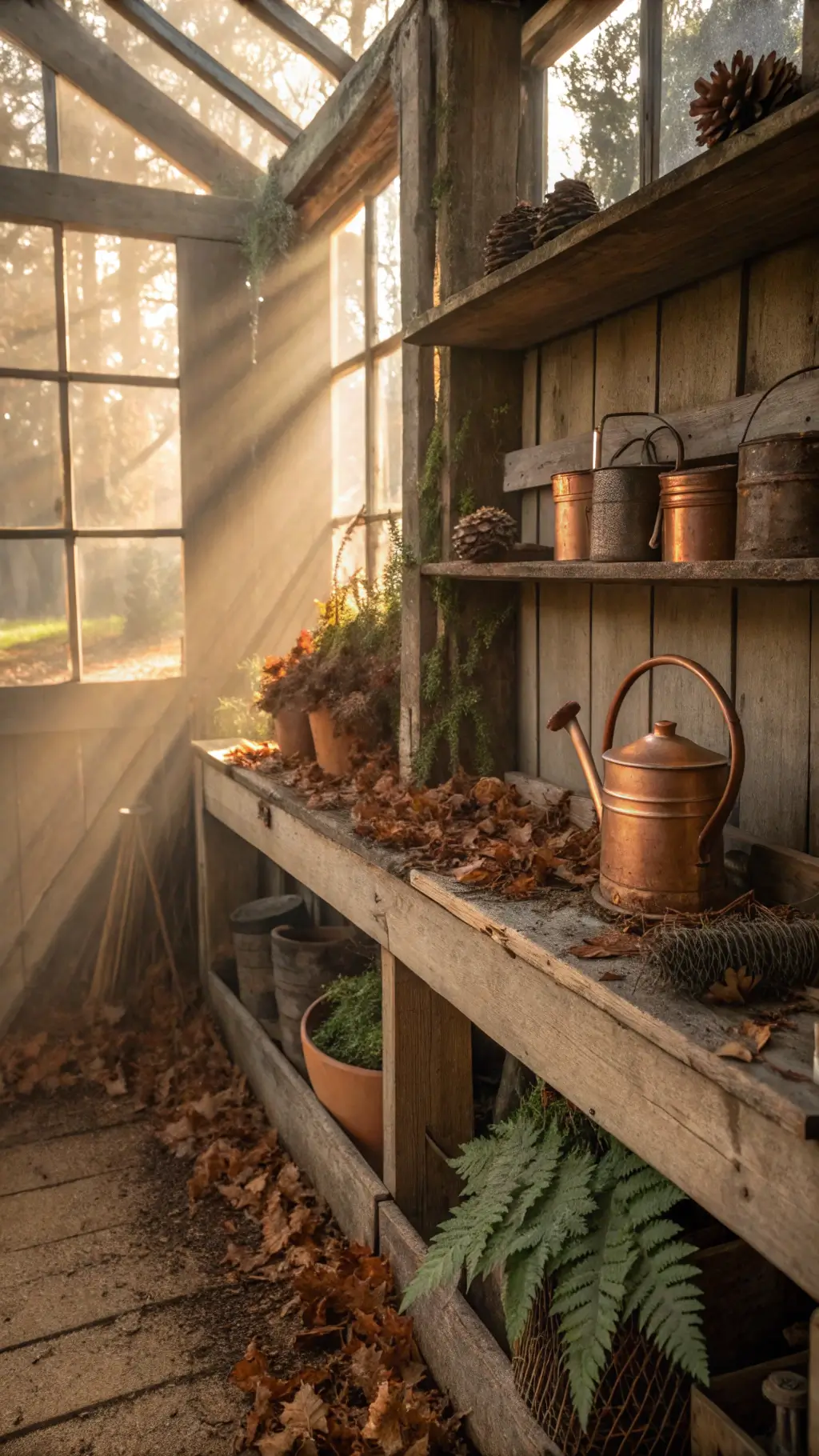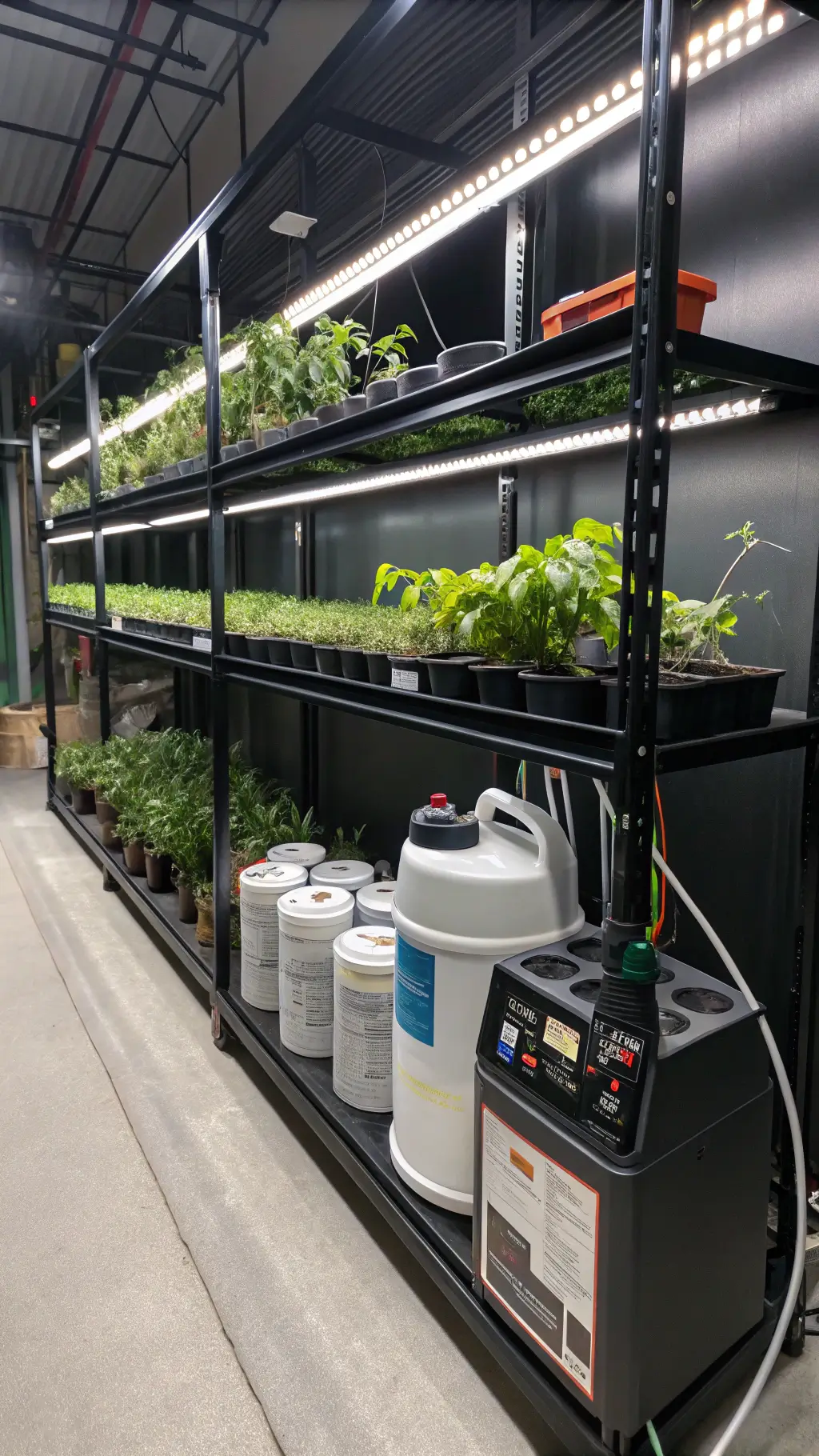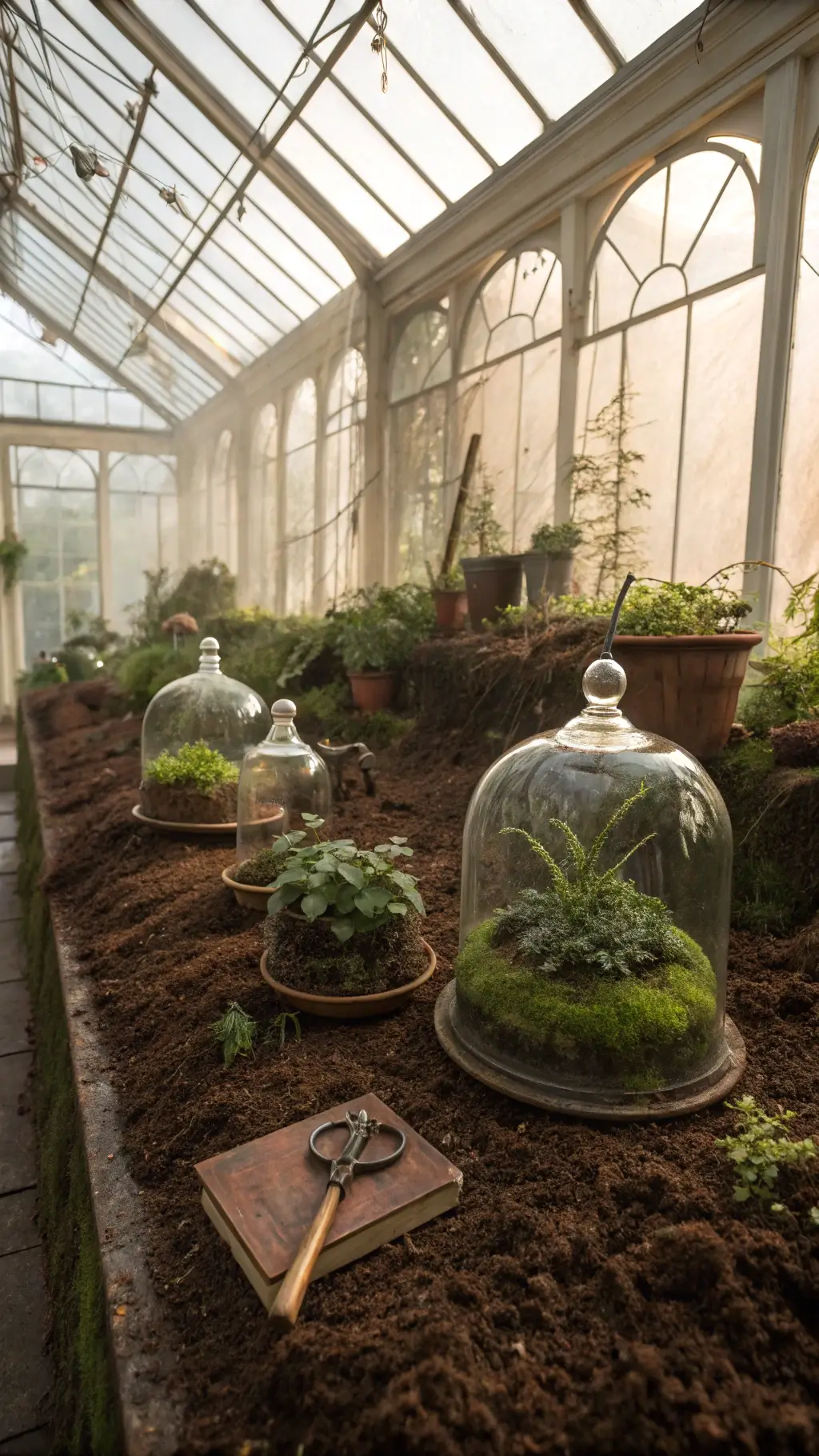8 Brilliant Ways to Make Soil More Acidic for Happy Houseplants
Listen up, plant parents! Are your houseplants looking a bit sad and lackluster? The secret might be hiding in your soil’s pH level.
Why Soil Acidity Matters for Houseplants
Soil pH is like a plant’s mood ring. Too alkaline, and your green buddies start throwing a tantrum. Most houseplants are craving that sweet spot between 6.0-6.5 pH – a slightly acidic paradise where nutrients flow freely.
Quick Warning: pH Changes Take Time
Pro Tip: Don’t go crazy dumping acid on your plants. Slow and steady wins the race!
8 Foolproof Methods to Acidify Your Houseplant Soil
1. Compost: Nature’s pH Magician
- Organic matter naturally breaks down and lowers soil pH
- Free and environmentally friendly
- Adds nutrients while adjusting acidity
2. Elemental Sulfur: The Organic pH Adjuster
- Safe and natural method
- CAUTION: Follow package instructions religiously
- Works gradually to lower soil pH
3. Coffee and Tea: Your Plants’ Favorite Drinks
Turns out, your morning coffee isn’t just for you!
- Diluted coffee/tea can gently acidify soil
- Recycling your beverage waste
- Slow but effective approach
4. Mulching with Acidic Materials
Think pine needles and oak leaves are just yard waste? Think again!
- Natural decomposition lowers soil pH
- Adds organic matter to your potting mix
- Free and sustainable method

5. Commercial Soil Acidifier Products
When you need faster results:
- Contains sulfur or iron sulfate
- Quick pH adjustment
- Use sparingly and carefully
6. Acidic Water Solutions
Hardcore pH manipulation techniques:
- Diluted sulfuric acid
- Hydroponics “pH Down” products
- Vinegar solution (1 tbsp per gallon)

7. Sphagnum Peat Moss: The Secret Weapon
- Incorporate when repotting
- Naturally increases soil acidity
- Excellent for moisture retention
8. Acid-Loving Plant Fertilizers
- Specifically formulated for low pH requirements
- Provides nutrients while adjusting soil chemistry
- Targeted approach for specific plants

Critical Monitoring Tips
🚨 Soil pH Testing Checklist:
- Test pH every 3-4 months
- Watch plant health closely
- Make gradual adjustments
- Research your specific plant’s needs
Final Plant Parent Pro Tip
Your houseplants are unique individuals. What works for a fern might destroy a succulent. Always do your homework and treat each plant like the special snowflake it is!
Disclaimer
While these methods work, they’re not one-size-fits-all. Some plants are more pH-sensitive than others. When in doubt, consult a local plant expert or nursery professional.
Happy gardening, plant lovers! 🌿🌱
